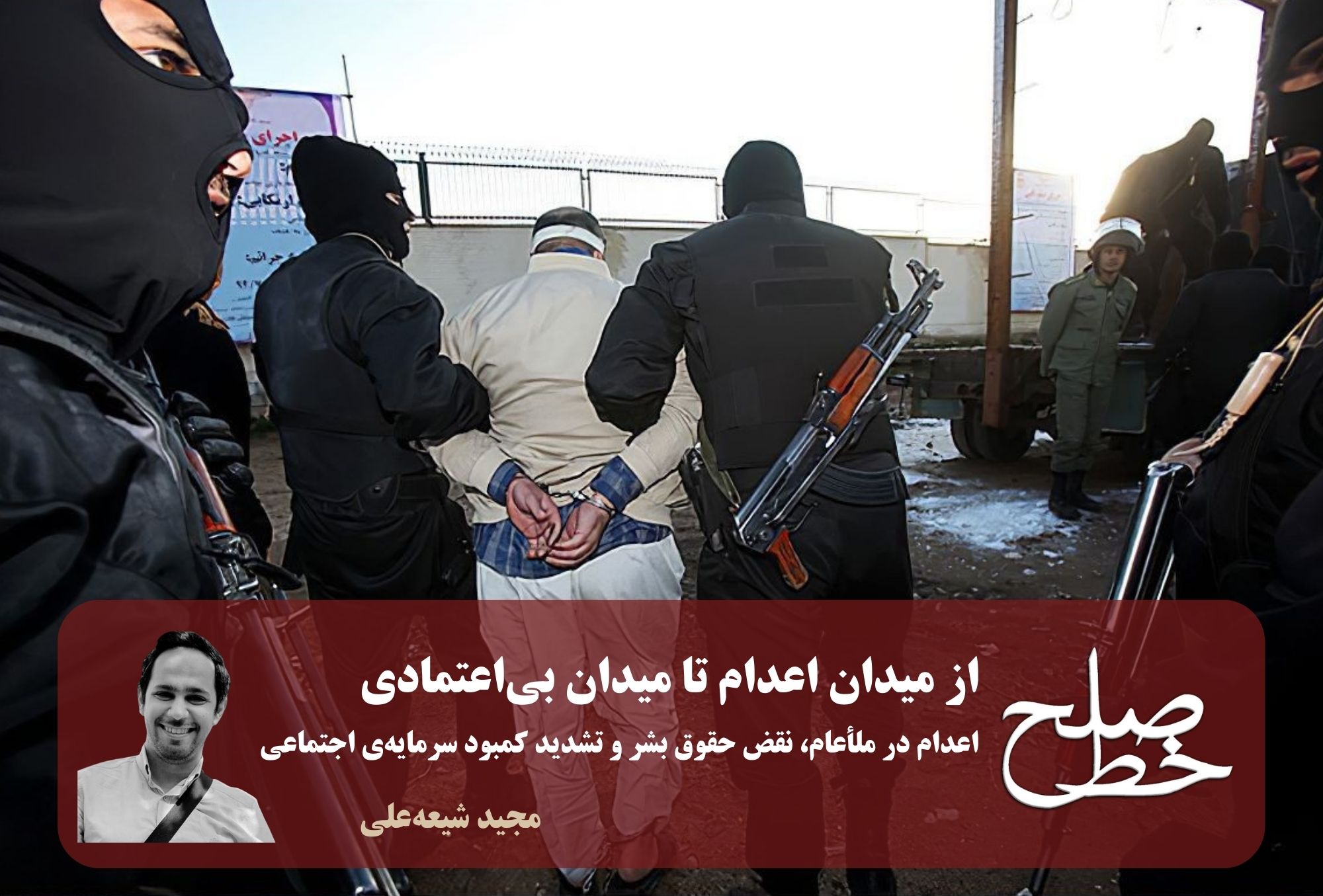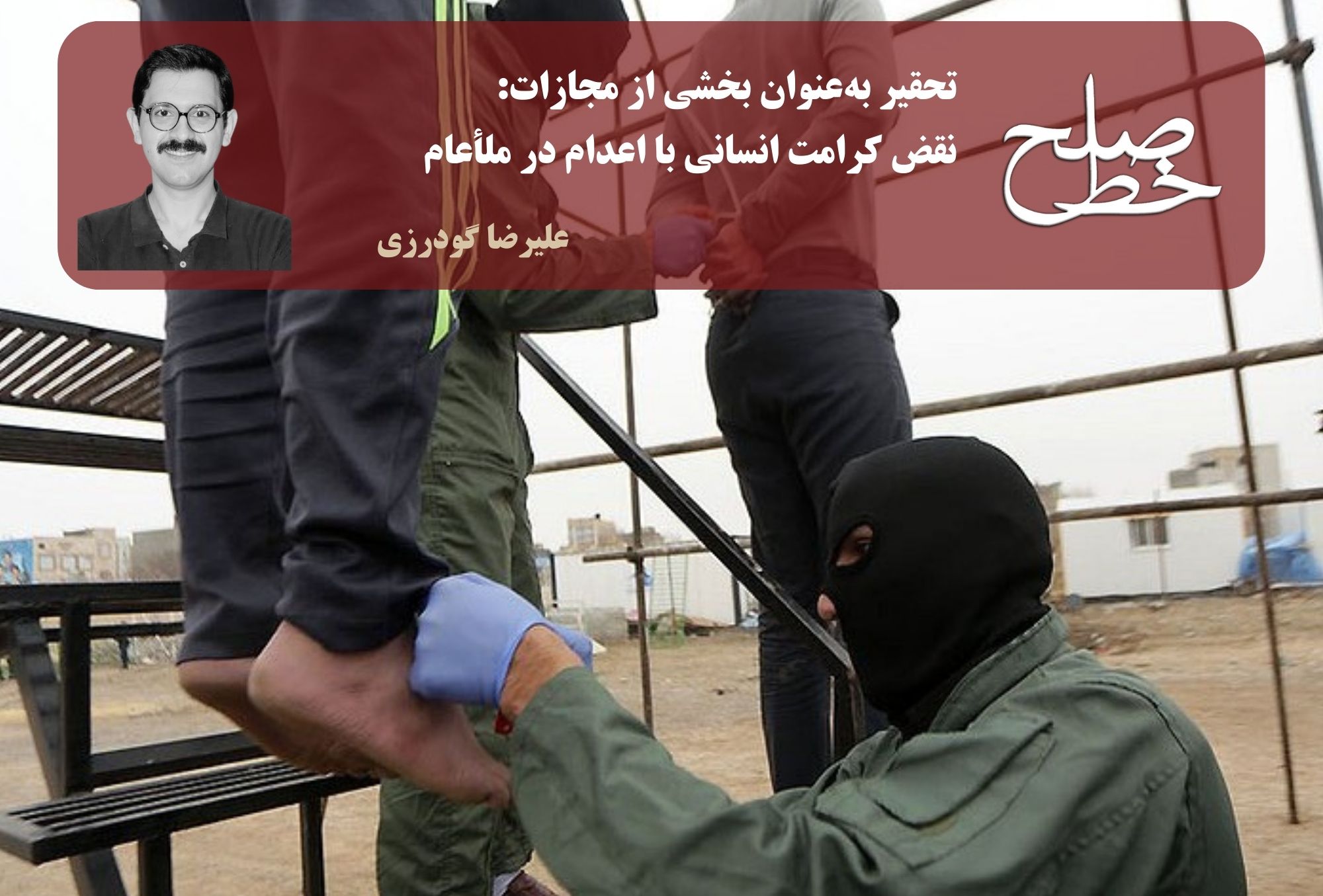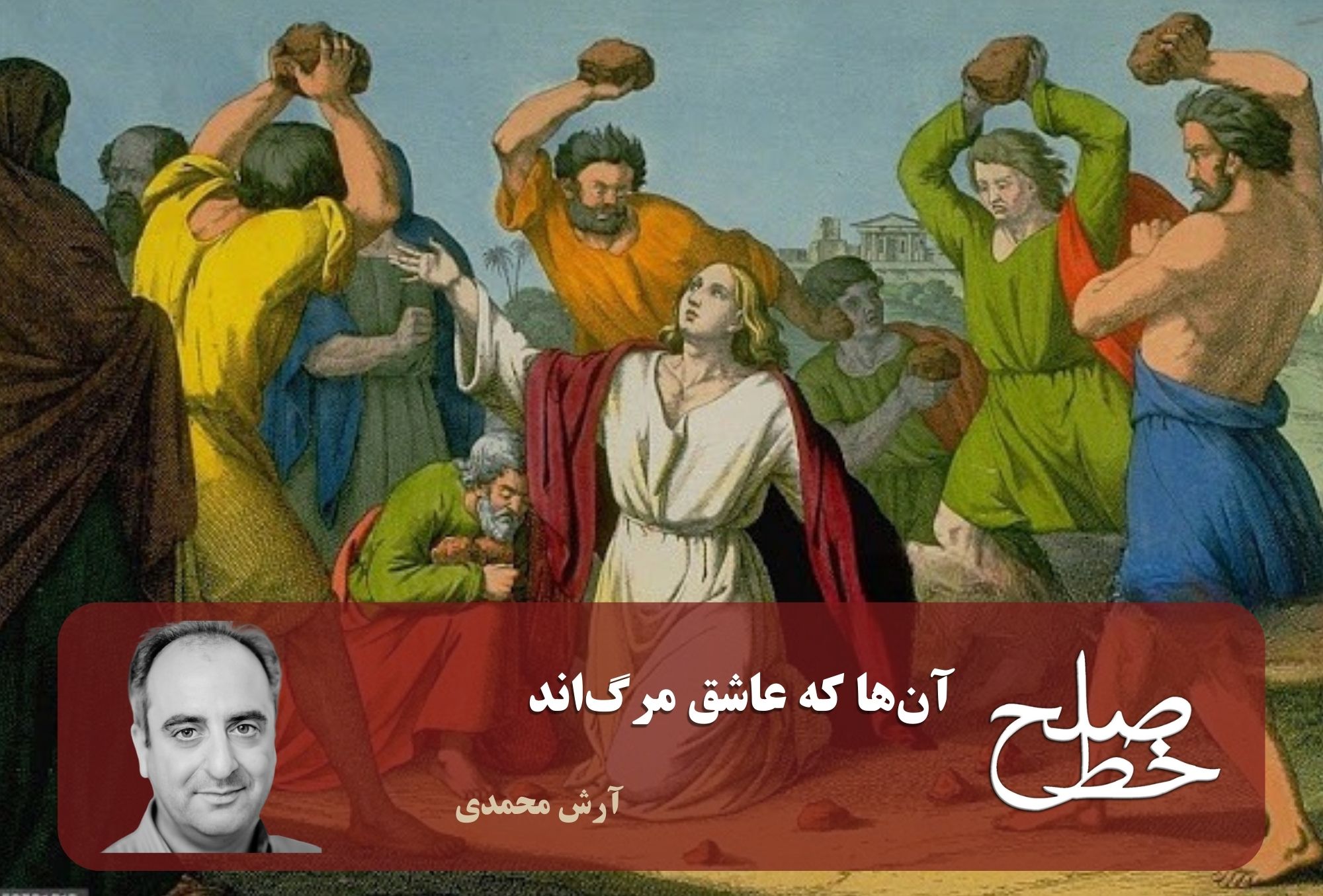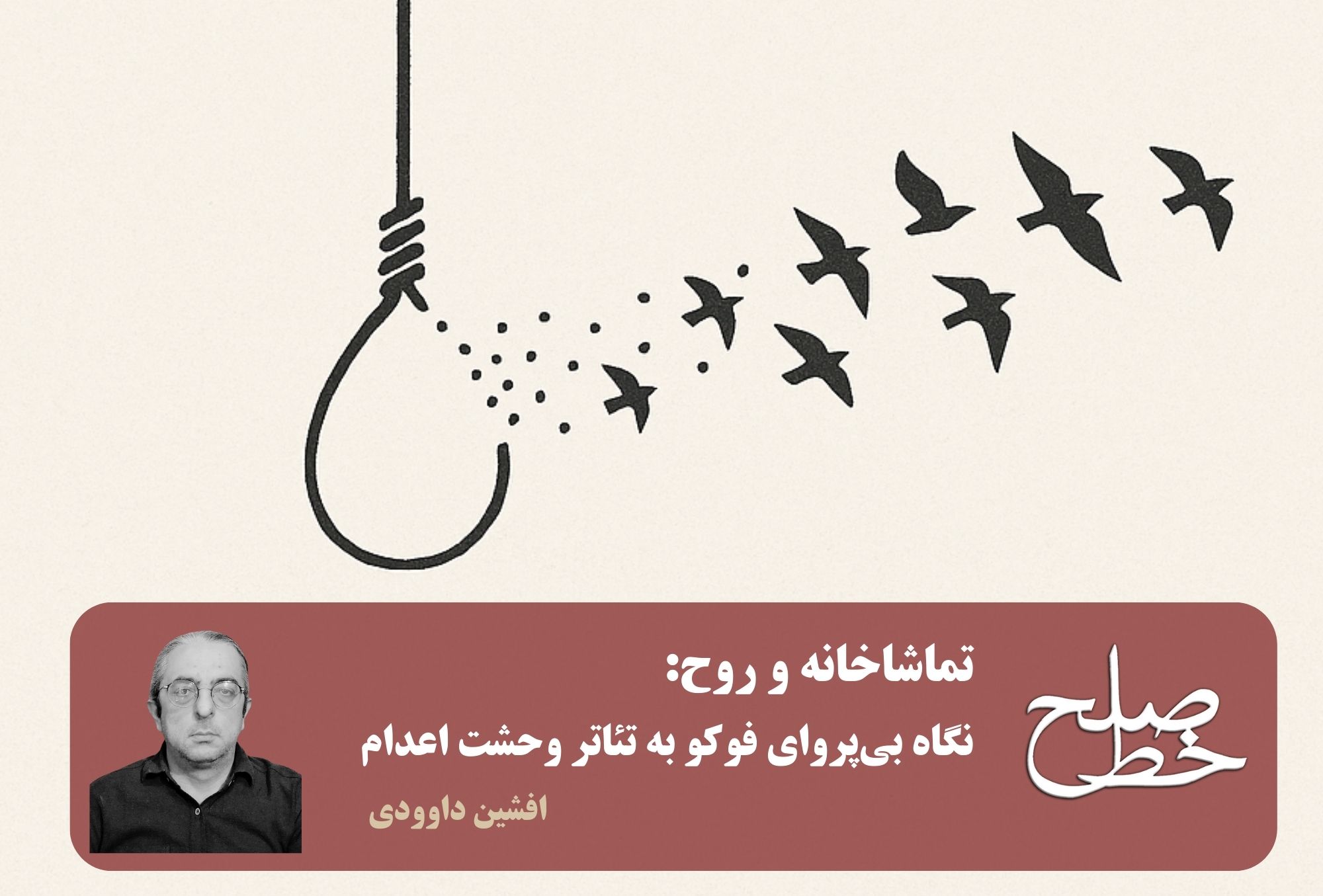Right to life

Naser Ghavami: Most Executions Are the Result of Pressure from Governing Institutions on Judges/ Ali Kalaei
With the increasing implementation of public executions in Iran, debates around this form of punishment have intensified. Supporters consider it a necessary tool for deterrence and public example, while critics emphasize its contradiction with the principle of human dignity, human rights standards, and its harmful psychological and social consequences. In this context, Peace Mark Monthly […]...
Read More Created By:
Admin
Created By:
Admin
Mahmoud Alizadeh Tabatabaei: The Default Rule is the Prohibition of Public Punishment / Pedram Tahsini
Seyed Mahmoud Alizadeh Tabatabaei, a licensed attorney, political activist, and member of the board of directors of the Central Bar Association, was also a representative in the first term of the Islamic City Council of Tehran (1997–2001). He has represented many Iranian political figures and senior officials, particularly those affiliated with the reformist movement, including […]...
Read More Created By:
Padram Tahsini
Created By:
Padram Tahsini
From Execution Square to the Square of Distrust/ Majid Shia’Ali
After several decades of failure in economic development, democratization, and the strengthening of human rights observance, our society is now looking back at its previous experiences. Our society sees that despite experimenting with various revolutionary and reformist strategies, from parliamentary methods to violent confrontations, and experiencing multiple revolutions and social movements, it has still not […]...
Read More Created By:
Majid Shia’ali
Created By:
Majid Shia’ali
Humiliation as Part of Punishment: The Violation of Human Dignity Through Public Executions/ Alireza Goodarzi
Let us begin by distinguishing between a criminal, a suspect, and anyone else outside these categories. A person living in society may come under legal suspicion of having committed a crime. From that moment on, this individual is referred to as a “suspect.” Once the accusation is proven in a competent court, with all legal […]...
Read More Created By:
Alireza Goodarzi
Created By:
Alireza Goodarzi
Those Who Love Death/ Arash Mohammadi
I.I was a child—perhaps ten years old. I can’t recall my exact age, but I vividly remember walking past the Baqi Cemetery when I heard a scream. A man and a woman were about to be stoned to death. Out of curiosity, I stopped to watch. The problem was that although a large crowd had […]...
Read More Created By:
Arash Mohammadi
Created By:
Arash Mohammadi
The Theater and the Soul: Foucault’s Unflinching Gaze at the Spectacle of Execution/ Afshin Davoudi
Speaking of public executions evokes a primal image: a crowd gathered in a square, a platform bathed in sunlight or shadow, and the haunting silhouette of the condemned. A scene that feels both ancient and profoundly disturbing. Most modern objections to this practice are based on human rights principles, empathy, and a deep revulsion triggered […]...
Read More Created By:
Afshin Davoudi
Created By:
Afshin Davoudi
Killing Innocence at Dawn: A Public Execution/ Fereshteh Goli
As the sharp, cold morning wind swept autumn leaves across the cobbled alleyways of the city, a dense, silent crowd had gathered in the main square. Their breath turned into small clouds in the freezing air, merging into one another. Among the crowd stood women whose eyes reflected waves of fear, worry, and anxiety, and […]...
Read More Created By:
Fereshteh Goli
Created By:
Fereshteh Goli
Law or Verdict? A Criminal Law Critique of Public Executions/ Mohammad-Hadi Jafarpoor
According to the rule of law, the necessity of implementing and enforcing laws is essential to the life of a social system. Even thieves and murderers believe in the necessity of enforcing the law and respecting legal rulings, and it is precisely because of this awareness that they feel fear and anxiety when committing a […]...
Read More Created By:
Mohammad Hadi Jafarpour
Created By:
Mohammad Hadi Jafarpour
From Cheap Death to Contemporary Scaffolds/ Reza Harisi
Public execution—a phenomenon in which the final moments of a human being’s life are put on public display—goes beyond mere punishment and, in Marcel Mauss’s terms, constitutes a “total social fact” that encompasses all dimensions of a society’s life (legal, political, religious, economic, ethical, and cultural). While the global trend in the modern era has […]...
Read More Created By:
Reza Harisi
Created By:
Reza Harisi
Public Execution: Reproduction of Violence Instead of Deterrence/ Toutia Partovi Amoli
Public execution is a punishment that, in some societies, has been used as a tool aimed at deterring crime and instilling fear. Nevertheless, according to statistical studies and scientific findings, carrying out punishment in public not only has no significant effect on reducing violent crime rates but also leads to the normalization and reproduction of […]...
Read More Created By:
Toutia Partovi Amoli
Created By:
Toutia Partovi Amoli
Why Should Public Execution Be Abolished?/ Neda Ghanbari
A thorough examination of historical experiences, human rights principles, and findings from psychology and criminology clearly indicates that public execution not only lacks any deterrent effect but also carries profound social, psychological, and moral consequences for society. Although some proponents view public execution as a tool for creating fear and reducing crime, in practice, it […]...
Read More Created By:
Neda Ghanbari
Created By:
Neda Ghanbari
There is no benefit in retribution except for the healing of the survivors, Mustafa Ahmadian.
In recent years, various campaigns opposing the death penalty have been formed, each considering execution and qisas as the most prominent and dangerous threats to society, whose harmful effects do not release our reality and collective life during this era of history. Nevertheless, our criminal justice policy, in response to these collective movements, has generally […]...
Read More Created By:
Mustafa Ahmadian
Created By:
Mustafa Ahmadian